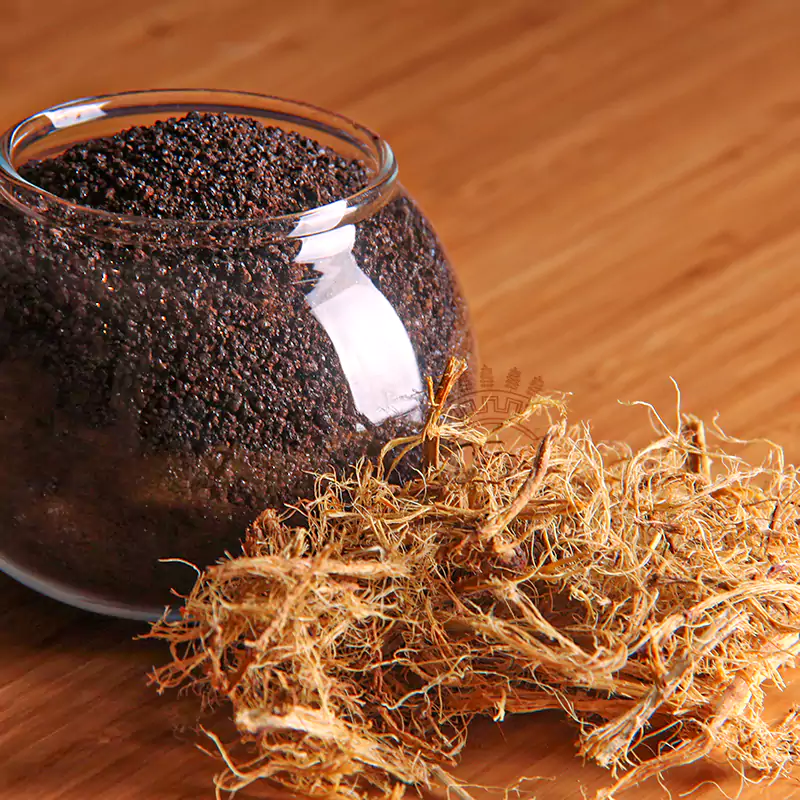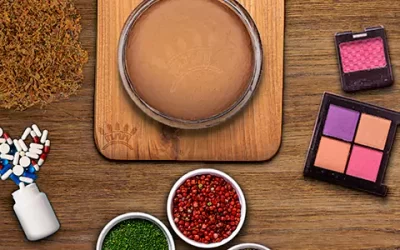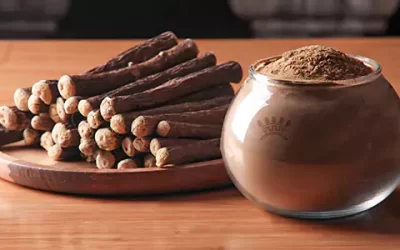Licorice in Tobacco
licorice in tobacco is consumed to improve the taste, sweeten the flavor, keep its moisture and prevent dryness and remove the unpleasant feeling after smoking.
Background
Licorice is a medicinal herb which has a prominent place in traditional and modern medicine. This plant is considered as a natural sweetener and flavoring, so it has been also popular in cooking. Today, it is consumed in various industries such as cosmetics, tobacco, pharmaceutical, confectionery, food and beverages and many others.
Two main forms of licorice plant used mostly, are licorice root and the extract. Licorice root has 20% of water-soluble extractives, most of that includes glycyrrhizin, a combination of calcium and potassium salts of glycyrrhizic acid. This is the main component of licorice.
Licorice has got many positive effects on our body and health. It is used for treatment of digestive disorders, peptic ulcers, sore throat, skin diseases, oral and dental problems and many more.
Various products are obtained from licorice like licorice root powder, licorice extract powder, licorice extract granules, licorice extract nuggets, licorice DGL, licorice extract paste etc. Sepidan Osareh Jonoob Co. is one of the leading producers and exporters of licorice products in the world. The company products are exported to different countries. It has achieved great successes due to observing global standards, high quality products, supporting customers even after their purchase, using the most advanced machinery in production lines and modern instruments in laboratory, hiring expert force and many others.
Licorice in tobacco industry is highly consumed and is very popular because of the changes it makes in tobacco. Sepidan Osareh Jonoob Co. has collected some information about this topic.
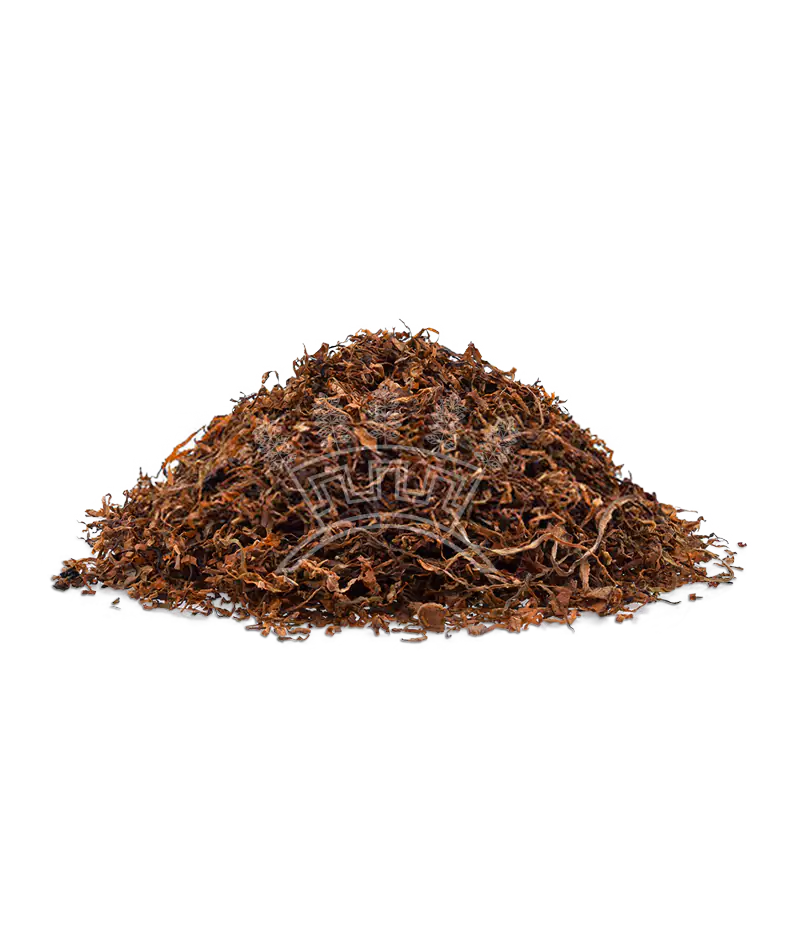
Licorice in Tobacco
Tobacco industry is the main consumer of licorice. This plant gives pleasant and sweet flavor to the tobacco products. Licorice is added in different stages in tobacco production. It is estimated that up to 4%, licorice can be added to cigar, chewing tobacco and other products. Licorice makes tobacco products such as cigarettes more pleasurable. Because it improves tobacco flavor. On the other hand, due to existence of glycyrrhizin in licorice, it creates a sweet taste. When it is burnt, it produces caramel flavor which is popular among consumers. Moreover, glycyrrhizin acts as an agent to open airways, as a result consumers can inhale tobacco products more deeply which it causes that nicotine will be fixed. Licorice maintains moisture in tobacco and prevents from its dryness. It also decreases dryness in mouth and throat after using tobacco which is enjoyable for consumers. This plant is able to harmonize the flavor in cigarettes. It enhances the absorption of even flavors distributed in tobacco. So, it plays the role of a surface-active factor during the casing ingredients process. It increases stability in tobacco.
Licorice in Tobacco
There is a feeling of irritation in throat and airways after smoking, in addition to a bitter and harsh smell and taste in mouth. Licorice in tobacco removes these annoying feelings after smoking.
Research on licorice in tobacco showed that at stimulated tobacco burning temperatures up to 900 centigrade degrees, all forms of licorice extract pyrolyzed while producing small amount of toluene, phenol and acetaldehyde with no indication that licorice extracts would transfer intact to mainstream smoke. Mineralcorticoid-like effects which are related to excessive licorice consumption were not found in any of the smoke inhalation studies. The studies showed that with different forms of licorice extract used in cigarette tobacco, suggest that adding licorice extract at levels of less than 5% does not change the smoke chemistry or biological effects associated with mainstream cigarette smoke.
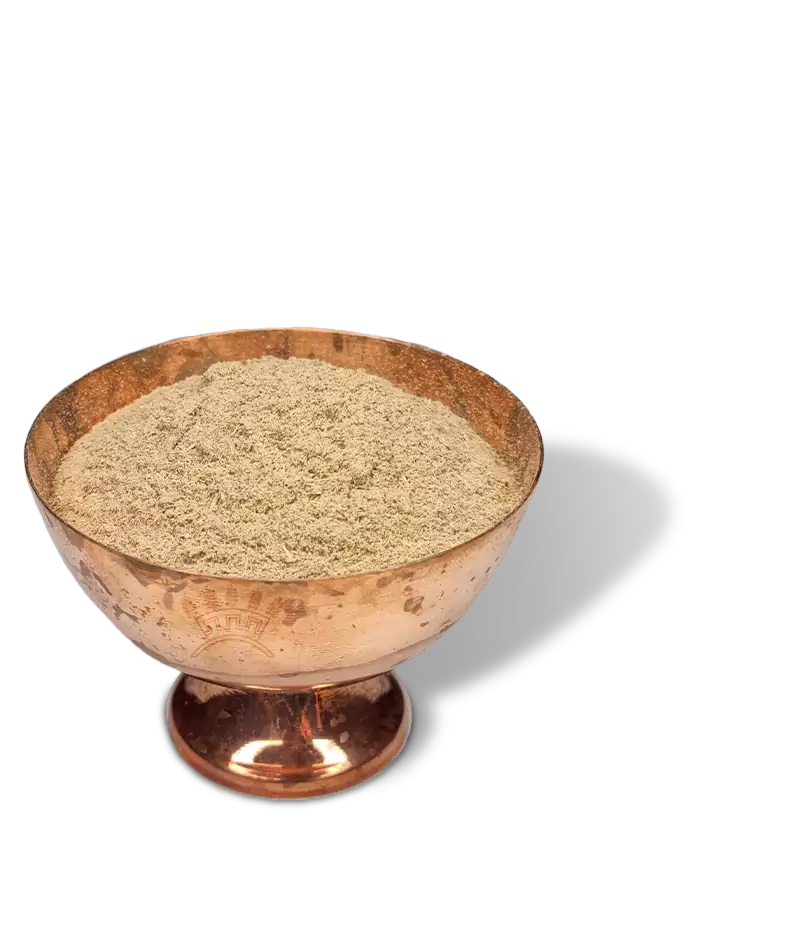
Licorice
Some studies showed that oral toxicities of licorice extract and glycyrrhizic acid are low. Consumption of glycyrrhizic acid by mice for 96 weeks did not indicate any chronic toxic or carcinogenic effects. Other studies proved that glycyrrhizic acid does not cause heritable chromosomal defects in rats and mice. Just huge amount of glycyrrhizic consumption results in high blood pressure, low level of potassium, abnormal heart rhythm and weakness in muscles.
On the one hand, there is nicotine in tobacco products which is addictive. On the other hand, adding licorice to these products makes them more pleasant. Thus, consumers tend to use more cigarettes or other tobacco products that is a real danger to their health. According to some experiments, it is shown when licorice is burnt, it generates some toxic compounds that are known as agents of cancers. Some of these agents are acetaldehyde and benzene. Other chemical substances like toluene and phenol have harmful effects on our body.
Generally, licorice is considered as an additive in tobacco industries. Tobacco producers use various additives for several reasons:
- To remove dryness and harshness after smoking
- To create a good flavor and smell
- To make the appearance of products better
Licorice in the form of powder, paste and block can be used in tobacco industry.
Up to 4% is usually used in tobacco products. The level of glycyrrhizic acid in licorice preparations varies from 7-39% w/w. So, the accurate measurement of glycyrrhizic acid in tobacco products is not possible because of this variation. But it seems improbable that usage of glycyrrhizic acid due to smoking exceeds the standard dose of licorice oral consumption. Generally, using licorice in tobacco products at the standard level is safe.
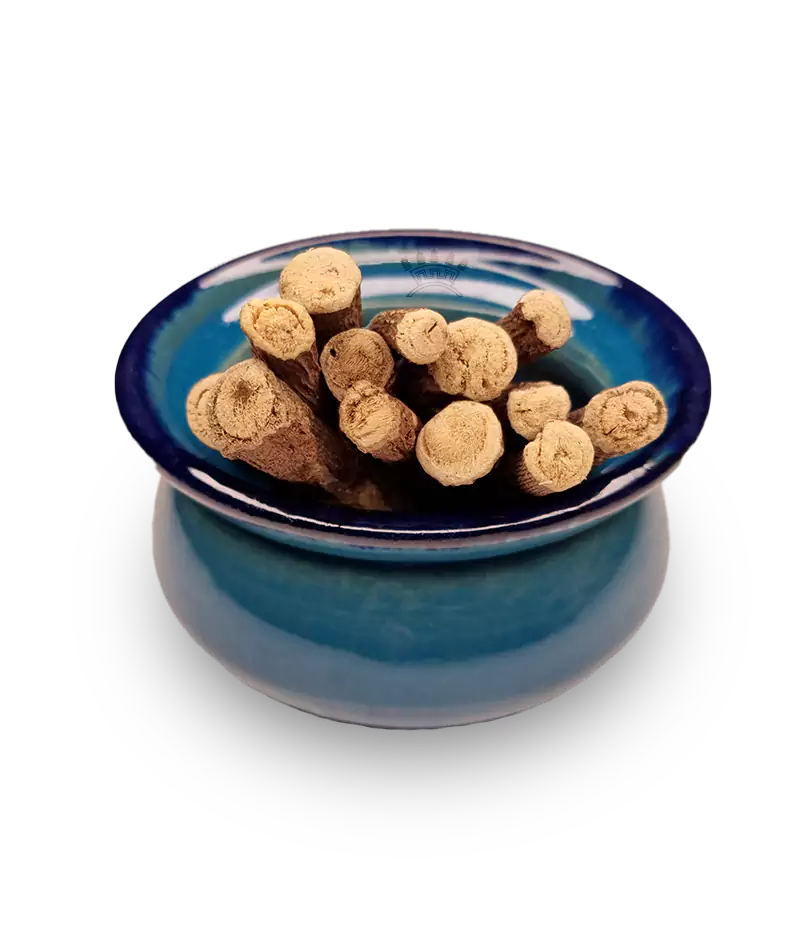
References
German Cancer Research Center, Additives in tobacco products, Heidelberg, Germany, 2012
Morris. PH, (2005), Evaluation summary of licorice extract use as a cigarette ingredient, USA Inc.
Provided by: Sepidan Osareh Jonoob Co.
Tags: Licorice consumption in tobacco, Licorice in cigarrettes, Licorice in tobacco industry, Licorice tobacco, Licorice use in tobacco
Licorice Latest Articles And News
Interview with the CEO of Sepidan Osareh Jonoob Company
Interview with the CEO of Sepidan Osareh Jonoob Company Licorice is an ancient plant that our ancestors used in the past to treat various problems. It has different local names in different parts of Iran, such as "Mahak root" and its extract is also called "Qara...
Licorice Fields of Use
Licorice Fields of Use licorice fields of use are various such as cosmetics, pharmaceutical, confectionery, food and beverages, traditional medicine, herbalism, tobacco industries.facebooktwitteryoutubeinstagramBackgroundLicorice is a perennial herb which has been...
Licorice in Skincare
Licorice in Skincare using licorice is skincare products are due to its useful properties like healing redness an itch, brightening the skin, protection against the sun rays etc.facebooktwitteryoutubeinstagramBackgroundLicorice is a perennial plant that is mainly...


